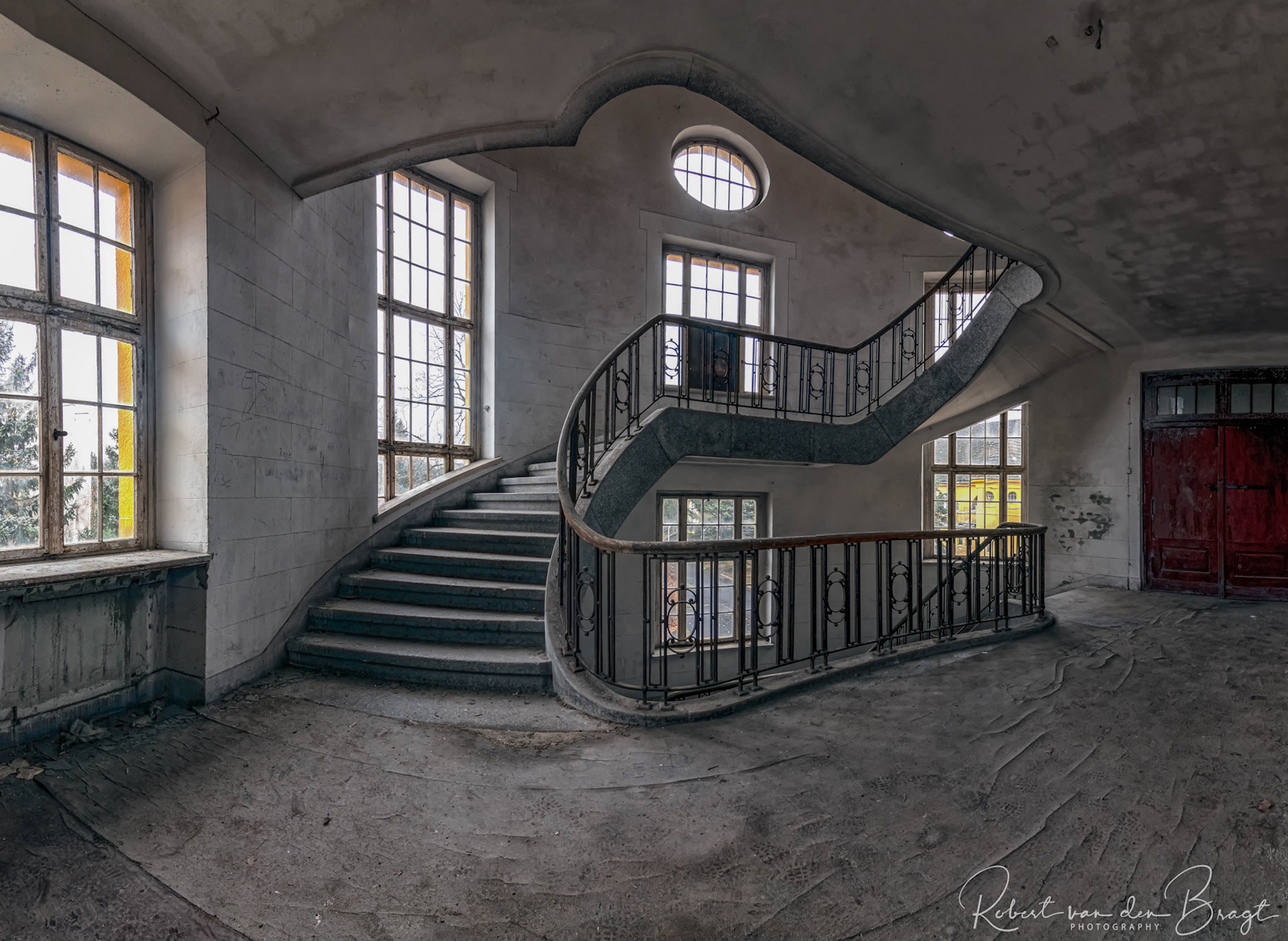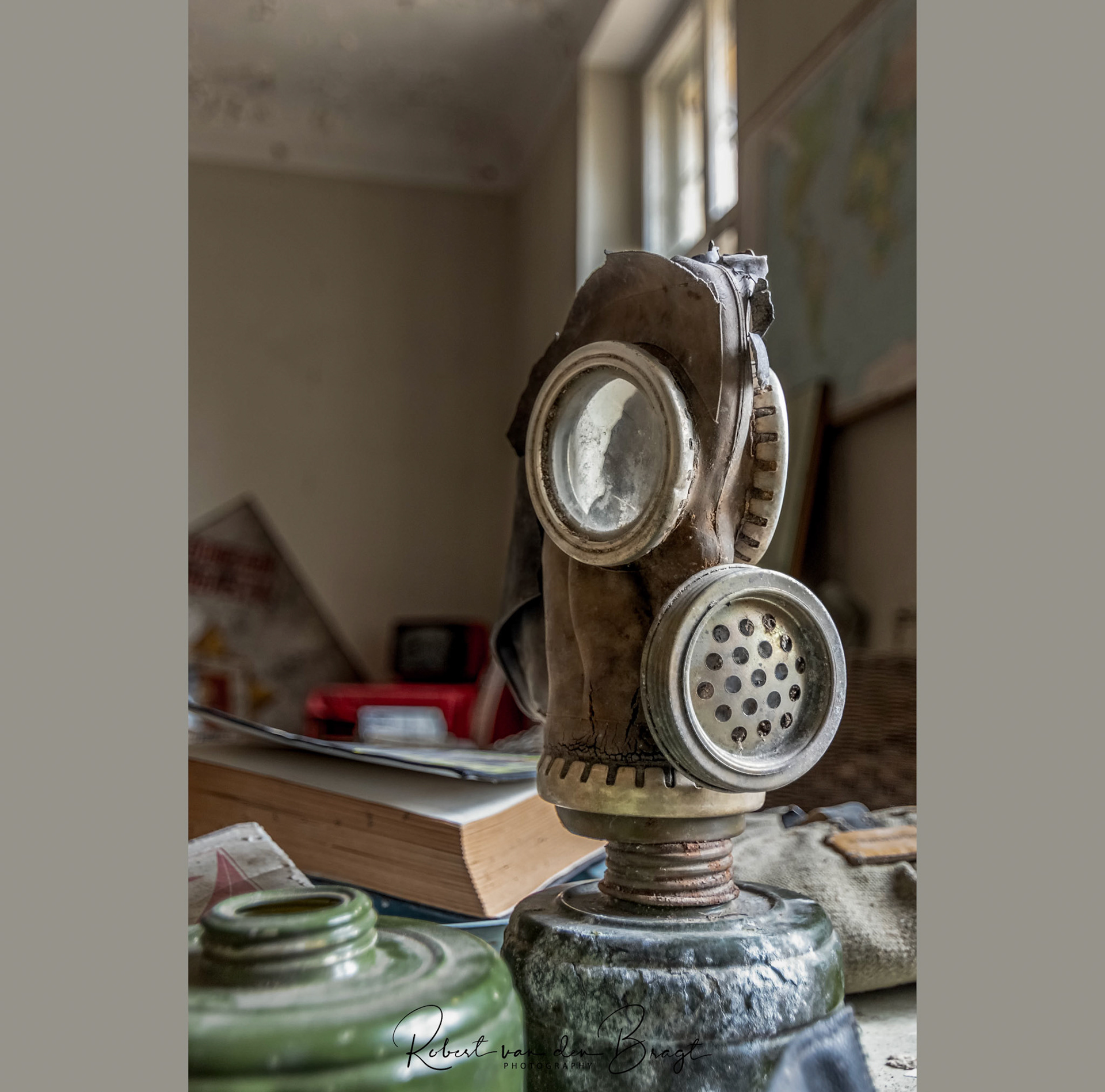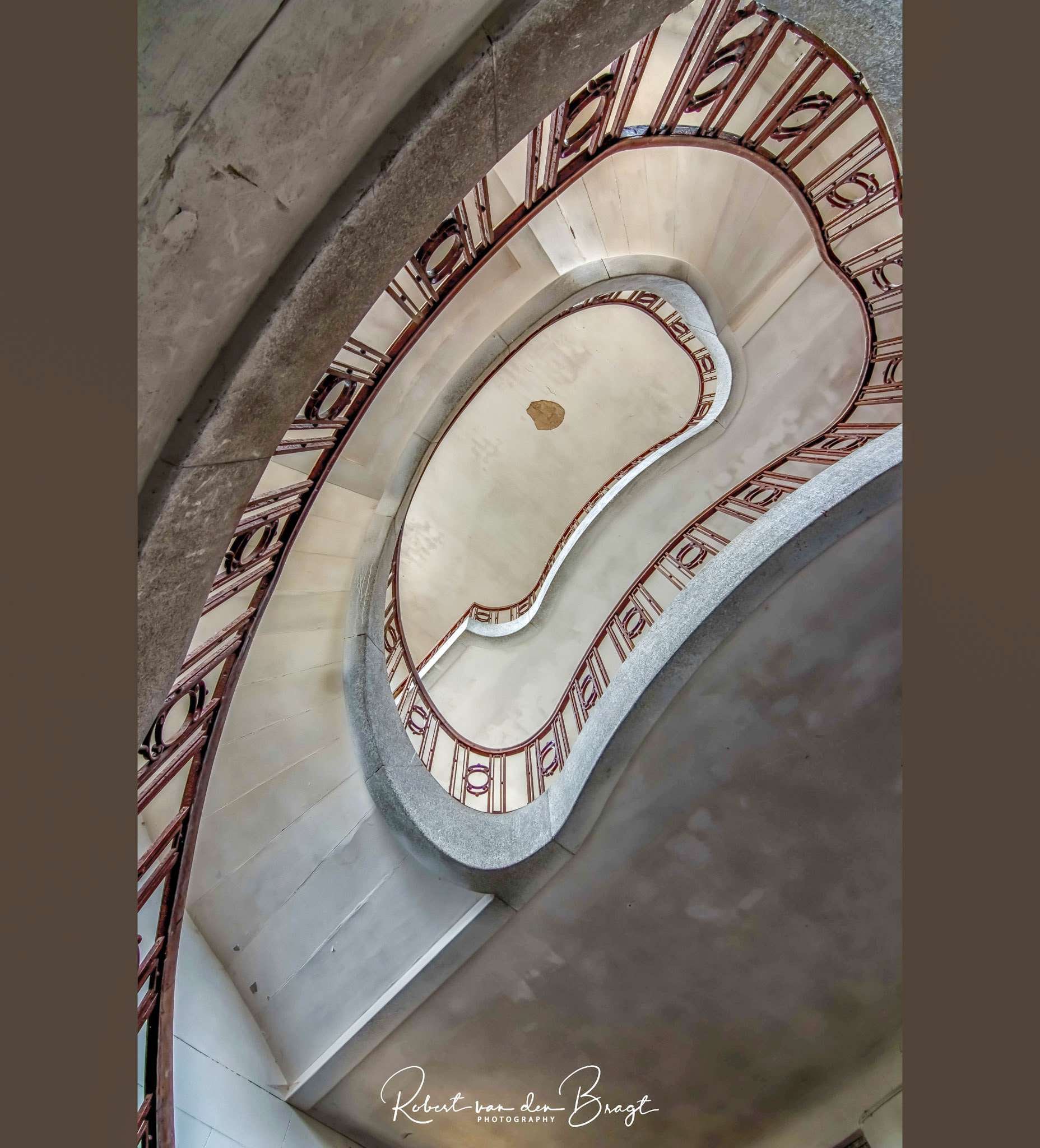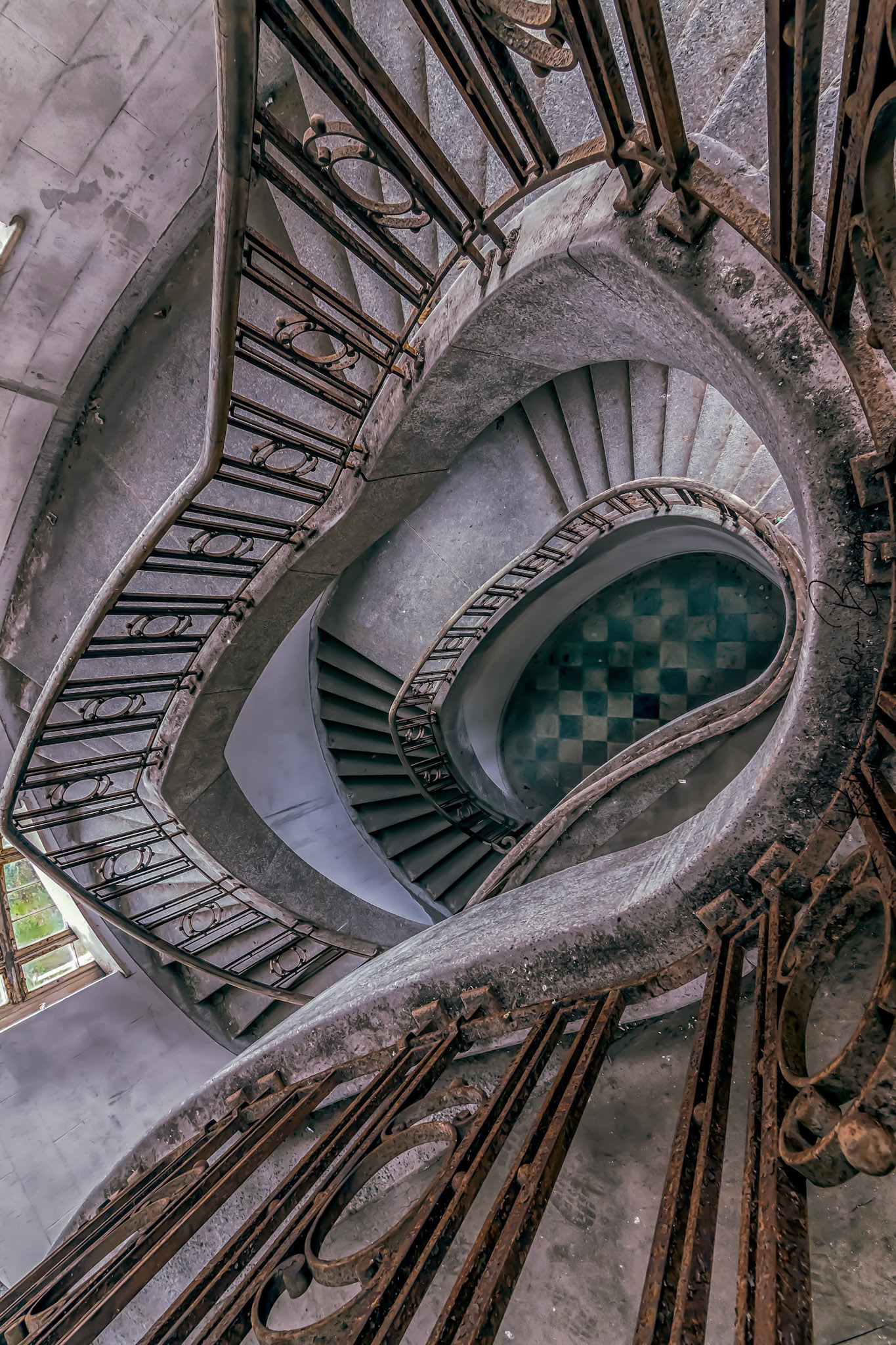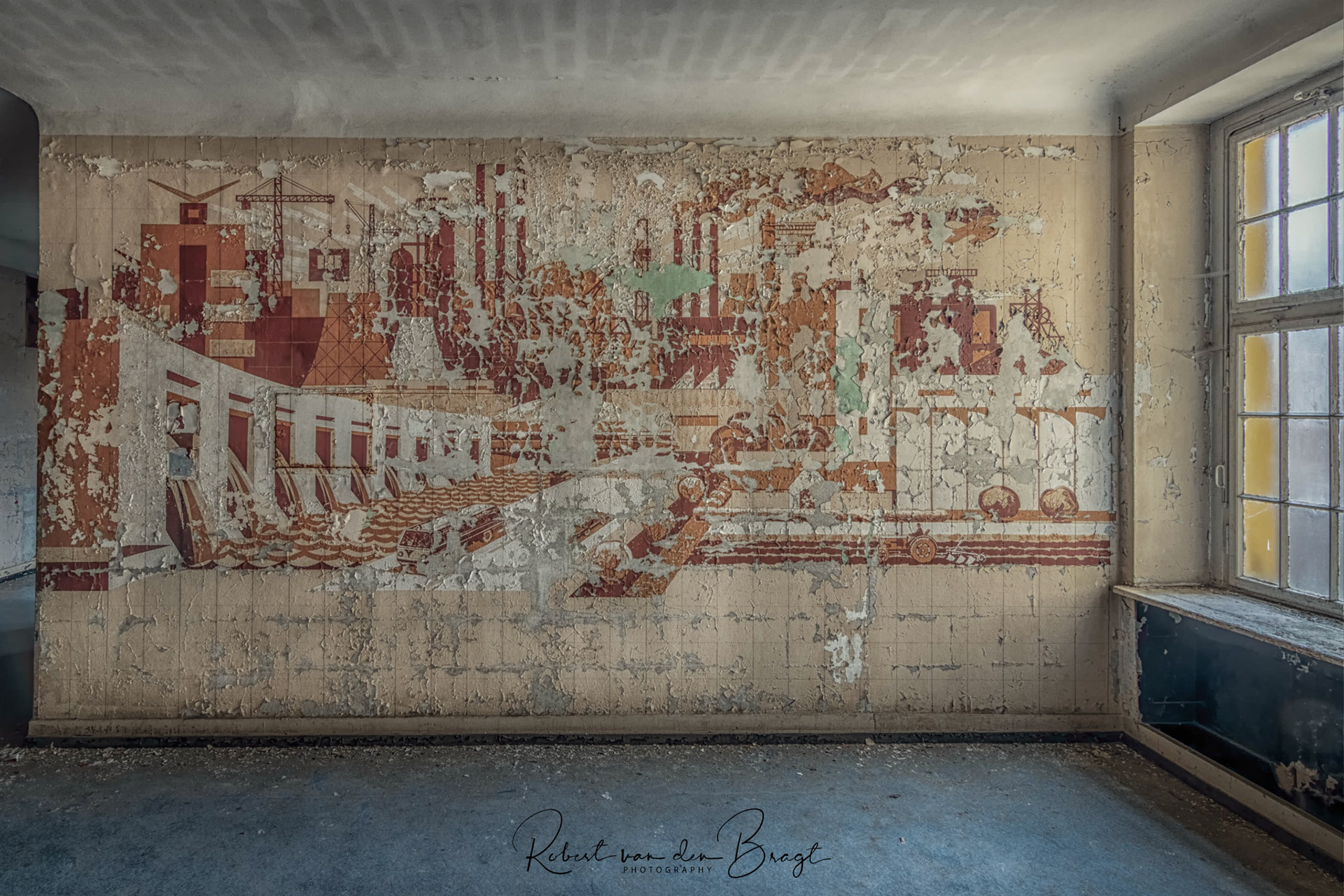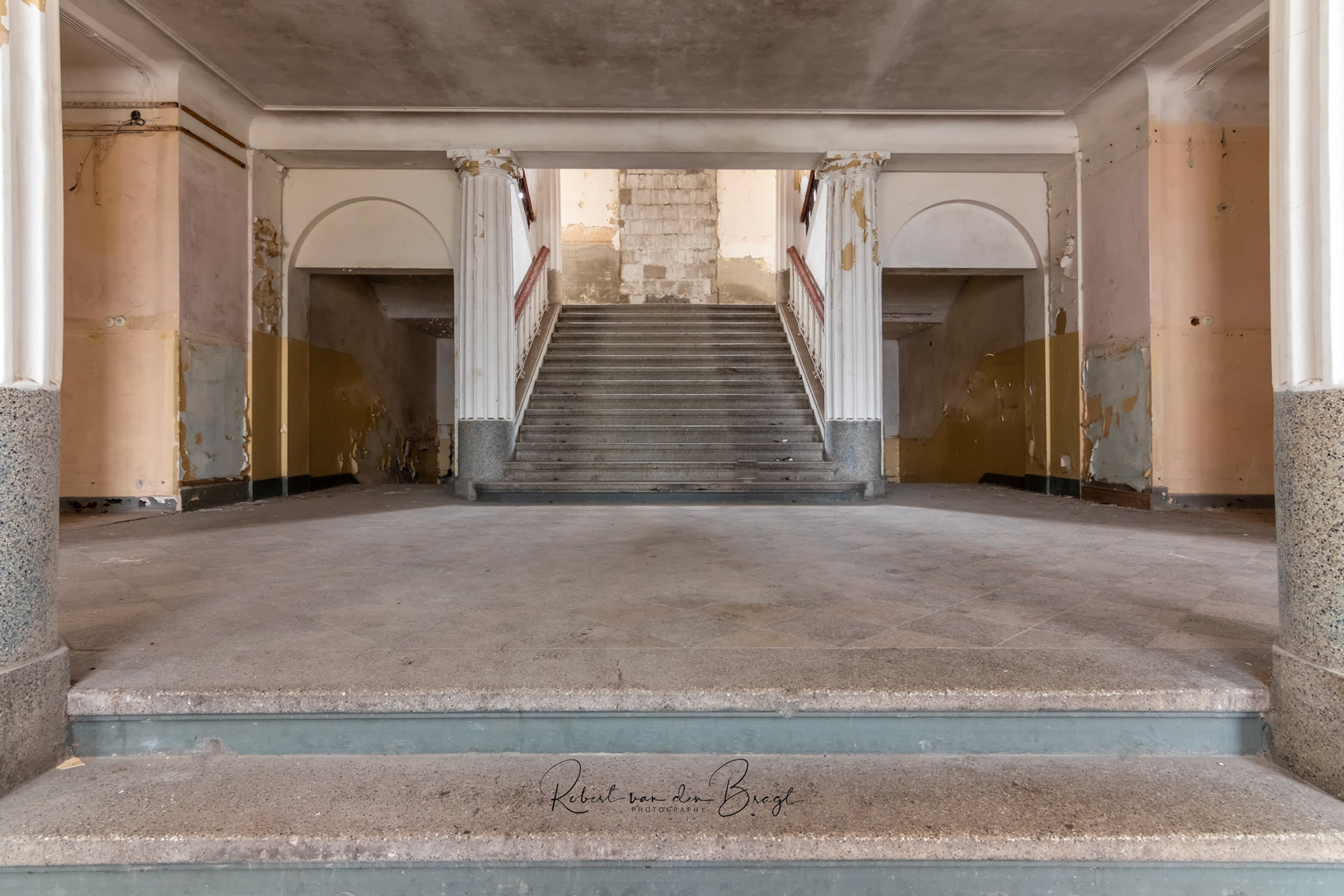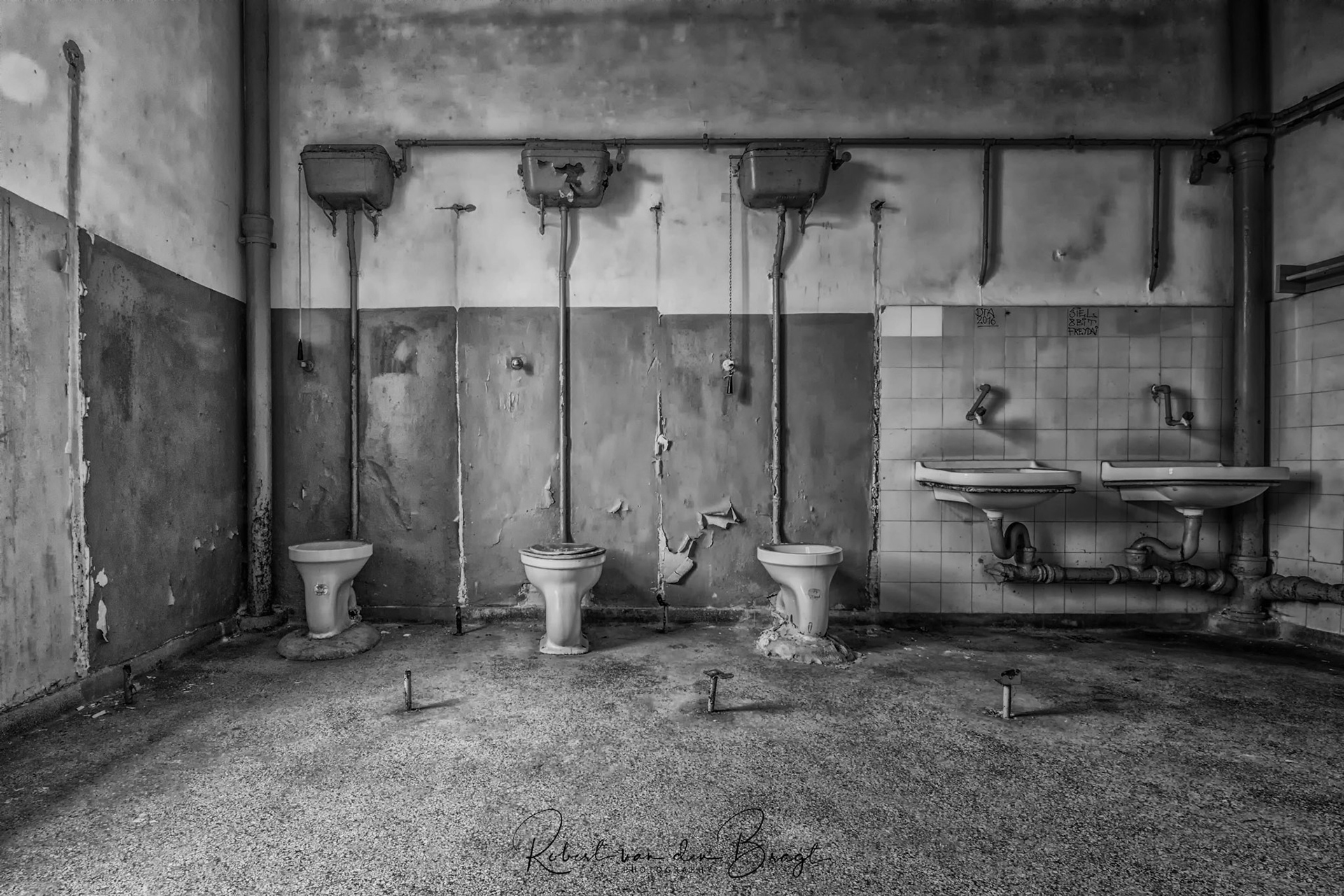Wünsdorf was already a " military location " in "the times of the emperor ".
In 1910, the first military building was built there. During World War I, some 30,000 prisoners of war were interned there.
The buildings had been converted into a garrison hospital. After her murder in 1919, Rosa Luxemburg's body was taken there for autopsy.
Wünsdorf Officers' House - first the Nazis, then the Russians
Later, the army expanded this site further and during the wretched Nazi era, barracks of enormous proportions were built here, as well as bunkers nearby.
During the war years of World War II, the OKH , the Supreme Command of the German Army , was housed here.
After the end of the war, the Russians settled there instead of using it peacefully.
The location was very important to them strategically and was quickly expanded. And - of course, strictly isolated from the German inhabitants.
A huge Russian city arose in the middle of Germany. Barracks, apartment buildings, bakery factories, department stores, stores, even their own hospital. And - a direct railroad line to Moscow with trains running daily. Here lived 60,000 Russians and closer contact with the German population was strictly forbidden.
Wünsdorf - Russian army base
The horrible, inhuman wall fell and in 1994 we could finally say goodbye to this Soviet people.
The horrible, inhuman wall fell and in 1994 we could finally say goodbye to this Soviet people.
